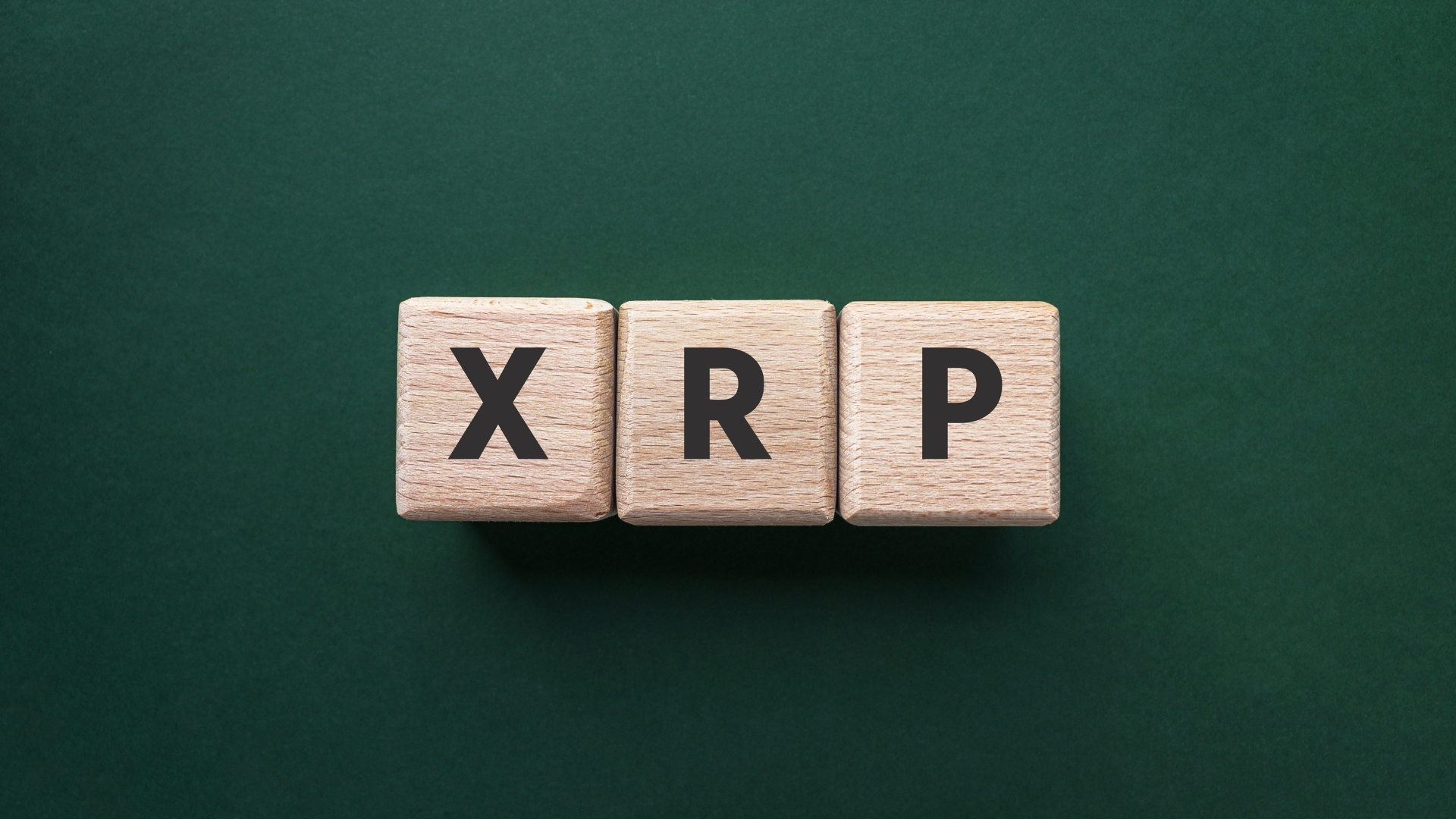The XRP Ledger is a cryptocurrency platform launched in 2012. The XRPL employs the native cryptocurrency known as XRP, and supports tokens cryptocurrency or other units of value such as frequent flyer miles or mobile minutes.
The XRP Ledger operates on a consensus protocol that differs from traditional proof-of-work (PoW) and proof-of-stake (PoS) mechanisms. Transactions are validated by a network of independent validators who reach consensus every 3 to 5 seconds, enabling rapid transaction settlement.

Users rely on a trusted list of validators known as the Unique Node List (UNL). While this approach provides faster transaction validation and security, though it has led to discussions about centralization within the network.
The XRP Ledger peer-to-peer overlay network is characterized by a small-world network topology, featuring a tightly clustered structure and short paths between nodes. Information systems expert Mary Lacity notes that this platform “uses much less electricity than Bitcoin—about as much electricity as it costs to run an email server”.
